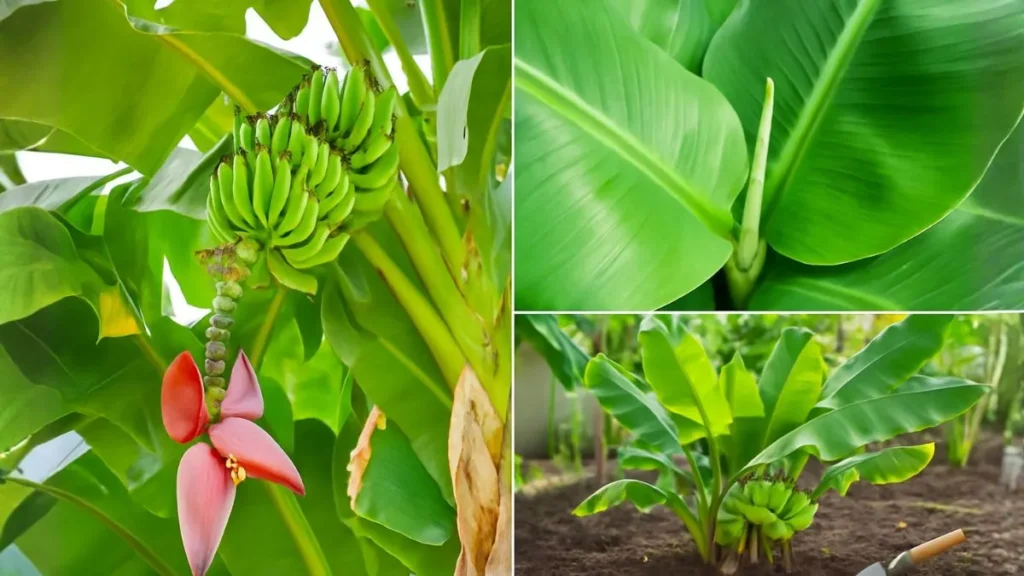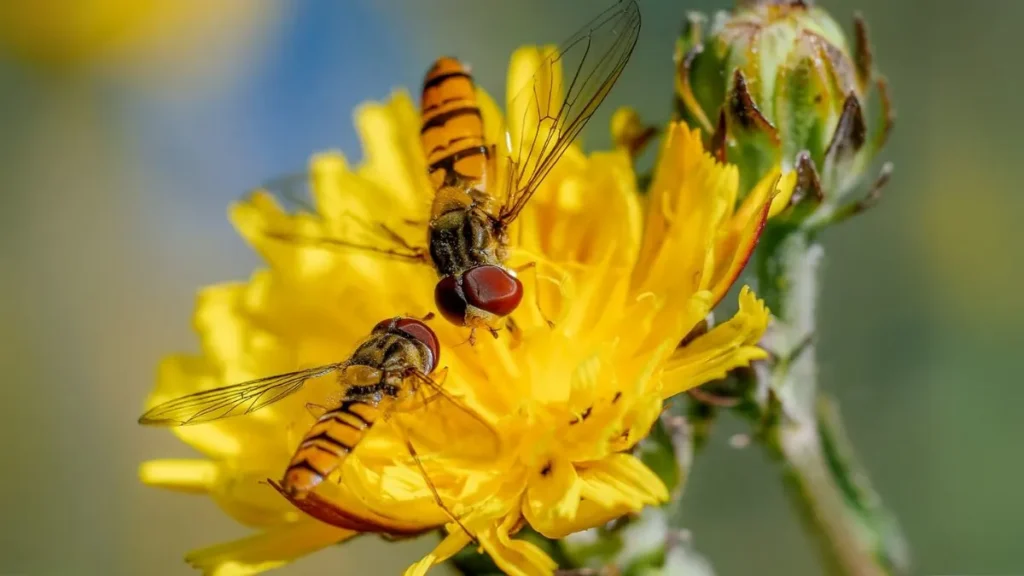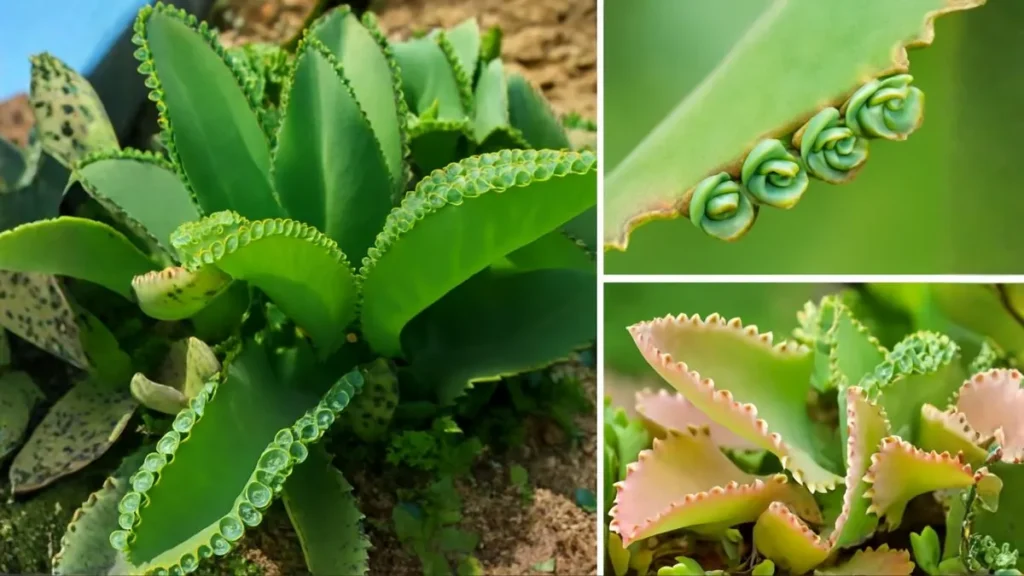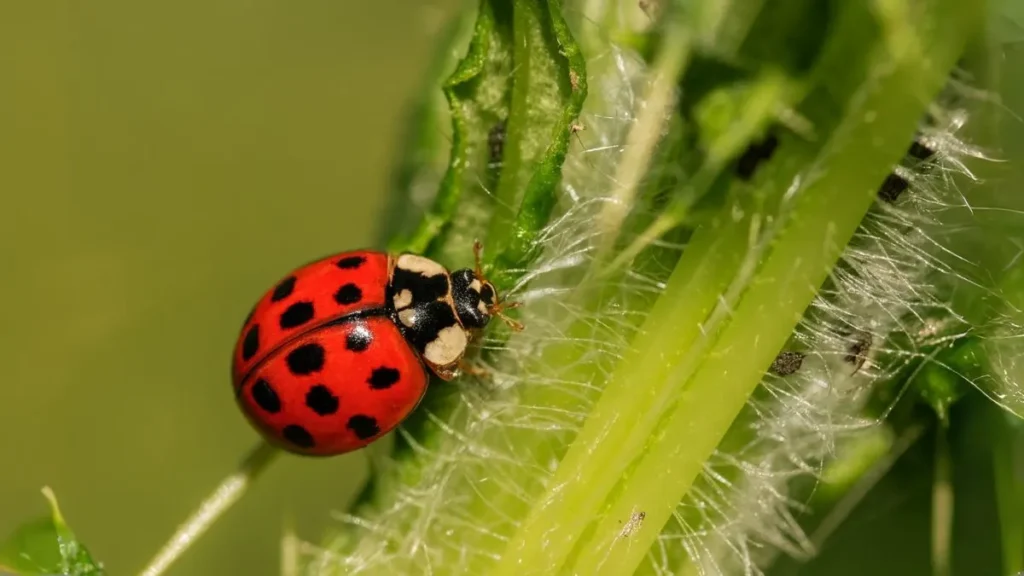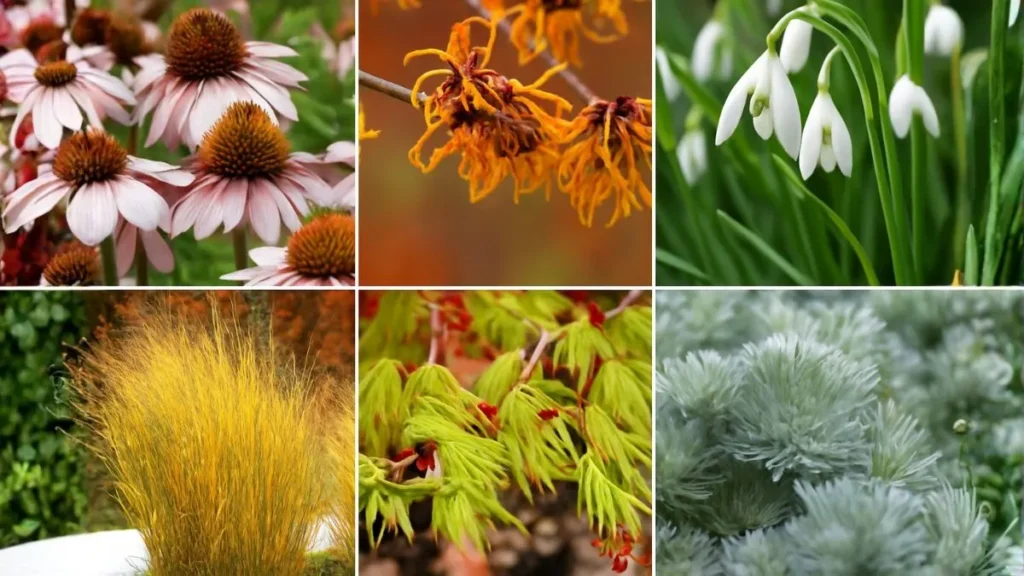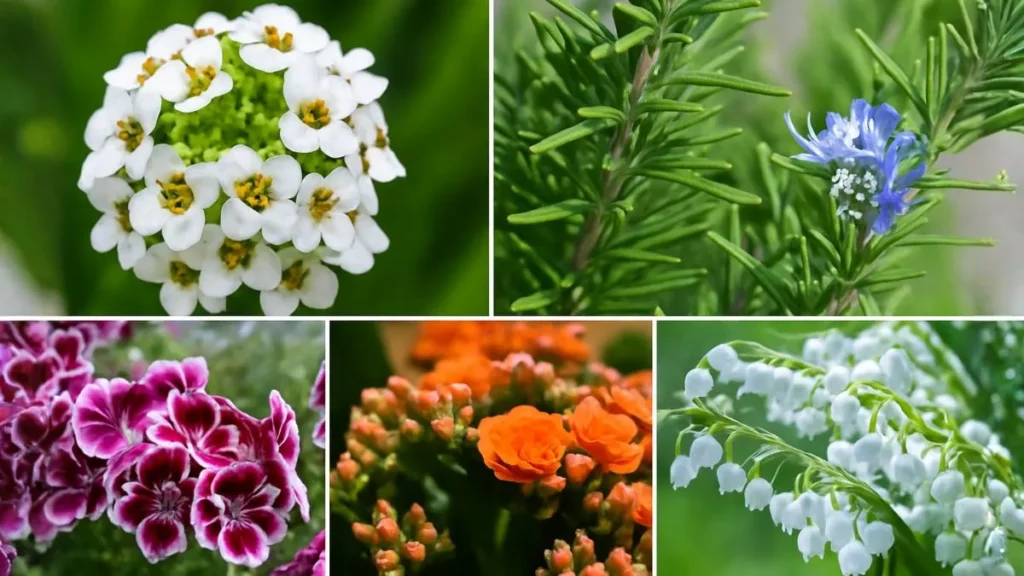If you’ve ever walked through a meadow in North America or Europe during spring, you might have spotted a small plant with reddish-purple leaves peeking through the grass. This unassuming beauty is Purple Dead Nettle (Lamium purpureum)—often dismissed as a weed, but actually a treasure trove of nutrition, medicine, and ecological benefits.
I first discovered it in my Ontario garden, popping up uninvited every spring. Initially, I pulled it out without a second thought. But once I learned more about it, I started harvesting it—realizing it was a free, healthy, and useful gift from nature.
How to Recognize Purple Dead Nettle (Lamium purpureum)
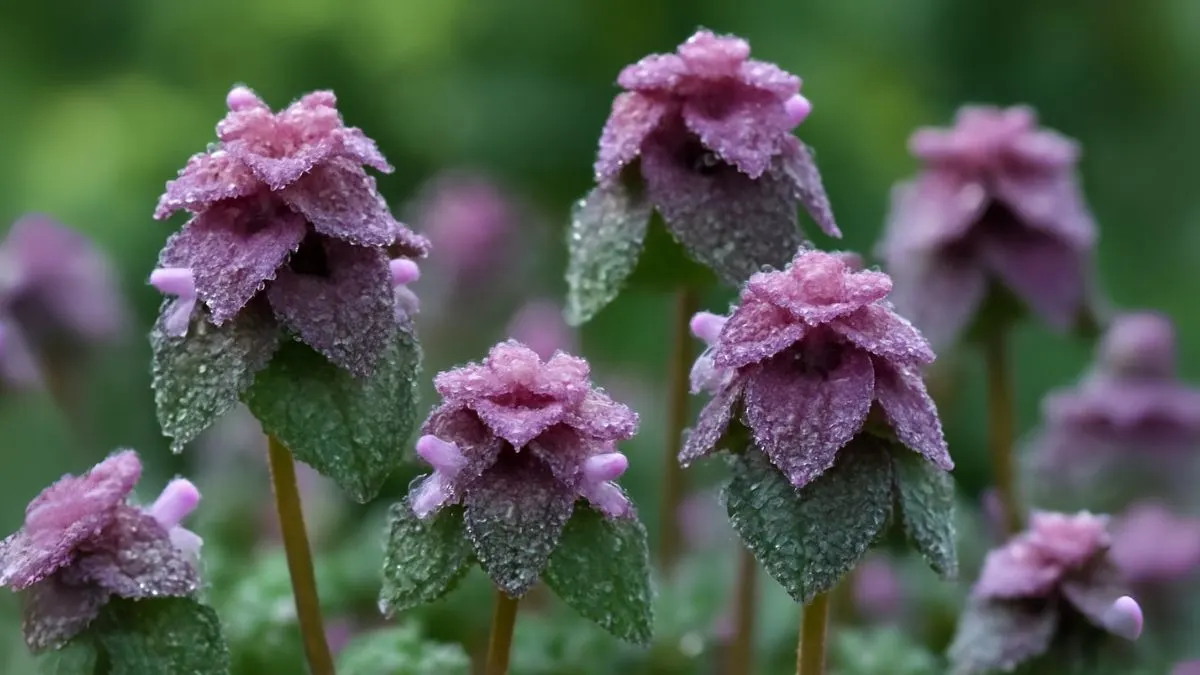
Knowing how to recognize Purple Dead Nettle (Lamium purpureum) and brilliant ways to use it starts with proper identification.
Key Features:
- Leaves: Heart-shaped, soft, and reddish-purple at the top, fading to green near the base.
- Height: Generally 5–20 cm tall—making it truly a small plant that can easily blend into the grass.
- Flowers: Tiny tubular blooms in shades of pinkish-purple.
- Stems: Square-shaped, which is typical of the mint family.
It thrives in disturbed soil—gardens, lawns, roadside patches—and blooms early, making it an important edible spring food not only for us but for early-season pollinators.
A Nutritious Wild Green
Few people realize that different aerial parts of this plant are edible—including its leaves, stems, and flowers. Its flavor is mild and slightly earthy, making it versatile in the kitchen.
One of my favorite discoveries was that purple dead nettle can be used anywhere you would use spinach or leafy green herbs. Think omelets, soups, pasta dishes, or even fresh green smoothies. I’ve tossed it into salads for a pop of color and nutrition or sautéed it with garlic for a simple side dish.
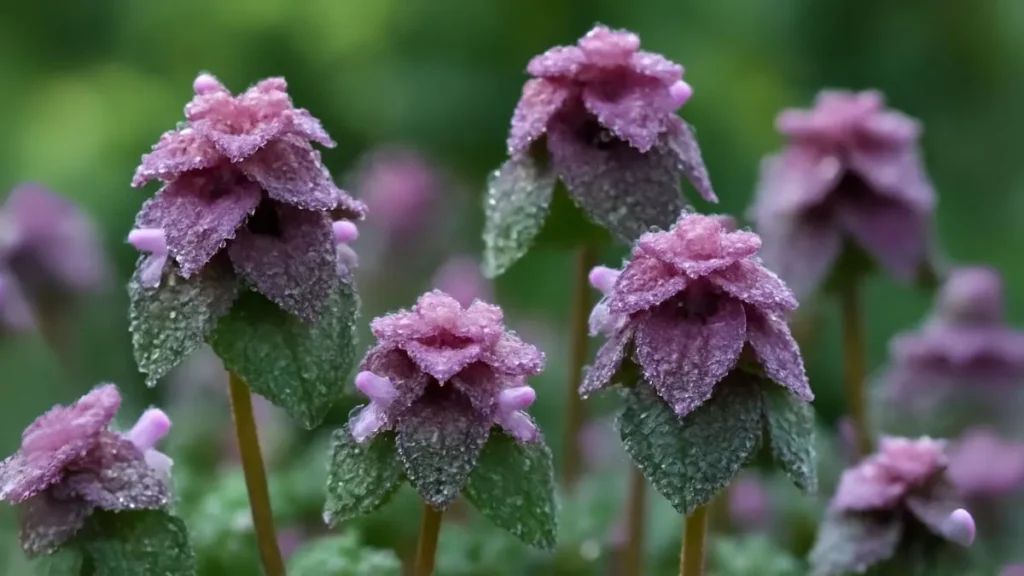
Nutritionally, it’s a powerhouse—rich in vitamins A, C, and K, plus iron and fiber. After a long winter, adding fresh greens like this can help replenish your body’s nutrient stores.
Medicinal Benefits – A Natural First Aid
The health benefits of purple dead nettle go beyond the plate. Traditionally, the leaves can be used on external wounds or cuts, helping to slow bleeding and reduce the risk of infection. This makes it an excellent foraging find for hikers and outdoor enthusiasts.
Its anti-inflammatory and antimicrobial properties also make it a great herbal tea ingredient, helping to soothe mild skin irritations or even seasonal allergy symptoms.
Culinary Ideas to Try
Once you learn how to recognize Purple Dead Nettle (Lamium purpureum) and brilliant ways to use it, the kitchen possibilities open up.
Culinary Uses:
- Salads: Add young leaves for a fresh, colorful boost.
- Soups & Stews: Stir in chopped leaves near the end of cooking.
- Smoothies: Blend with fruits for a nutrient-packed green drink.
- Pesto: Replace some basil with dead nettle leaves for a unique herbal twist.
The beauty of this plant is its adaptability—raw or cooked, it retains much of its nutritional value.
Ecological Importance
Purple Dead Nettle isn’t just beneficial to humans—it’s vital for the environment. It flowers early in spring, offering nectar to bees at a time when few other plants are blooming. Its quick growth and ground-covering habit help prevent soil erosion, and it can thrive in poor soils where other plants might struggle.
If you’re interested in sustainable gardening, adding it to your wildflower patch is a great way to support local biodiversity.
Harvesting Tips
To make the most of your harvest:
- Collect before flowering for the freshest taste.
- Pick from areas away from roads to avoid pollution.
- Snip only the top few inches, which encourages regrowth.
This approach ensures a continual supply throughout the season while allowing pollinators to benefit.
Purple Dead Nettle at a Glance
Benefit | How It Helps |
Edible Spring Food | Offers fresh greens early in the year. |
Aerial Parts Edible | Different aerial parts of this plant are edible – leaves, stems, flowers. |
Medicinal Uses | The leaves can be used on external wounds or cuts. |
Culinary Substitute | Purple dead nettle can be used anywhere you would use spinach or leafy green herbs. |
Garden Role | Supports pollinators and protects soil. |
Purple Dead Nettle might look like an ordinary weed, but it’s a nutritional, medicinal, and ecological gem. Once you’ve learned how to recognize Purple Dead Nettle (Lamium purpureum) and brilliant ways to use it, you’ll see it differently—whether in your garden, on a nature walk, or in a wild meadow.
So next spring, when you spot a small plant with reddish-purple leaves, think twice before pulling it out. From the fact that different aerial parts of this plant are edible to its role as an edible spring food, it’s one of nature’s most generous gifts—ready to nourish, heal, and support both people and pollinators.
